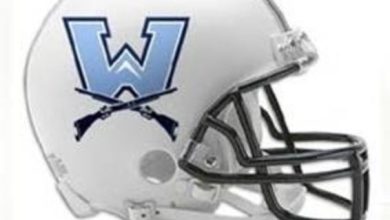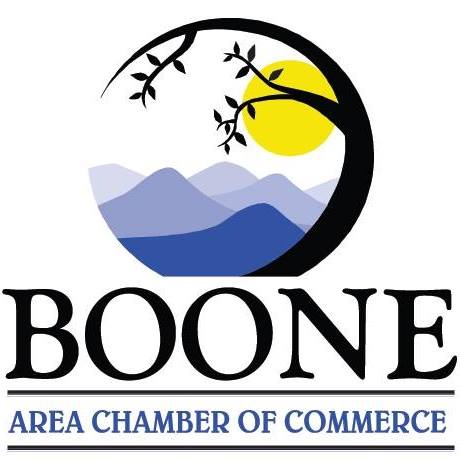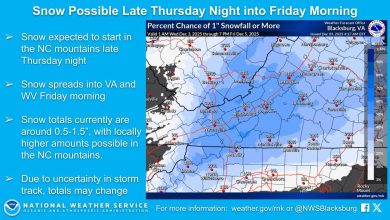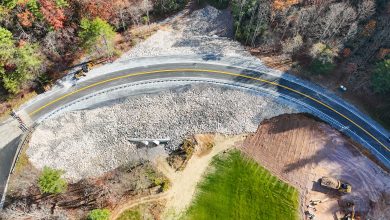Last Updated on February 12, 2022 6:57 pm
Appalachian State University music professor Dr. Greg McCandless will be. He received notification that two compositions he submitted may be used for that purpose in this year’s Super Bowl broadcast. He won’t know until he hears them, but, if they play, he said he will be ecstatic — and due royalties.
McCandless, who teaches music theory and composition in the Hayes School of Music (HSOM), also produces music for sports broadcasts, which involves composing the music, performing on all of the instruments, editing the performances, as well as mixing and mastering the audio.
His music has been aired during CBS and CBS Sports broadcasts of NCAA Football, NCAA March Madness, Arena Football League games and the 2018 PGA Tour.
This week, two of his songs were accepted into a publisher's package that may be used on air during the Super Bowl broadcast.
Clip 1
Clip 2
“They don't let you know anything in advance,” McCandless said. “They just submit a cue sheet to (the industry’s performing rights organizations) that identifies the music played during the game.”
The particulars of the game — timeouts, injuries, replays and challenges — make it impossible to predict how the game will unfold, McCandless said, “so you never know until it happens. You submit two to three minutes of music and what ends up airing is either a 15 second-, 30 second- or one-minute segment of your submission.”
Dr. Greg McCandless, assistant professor of music theory and composition in Appalachian's Hayes School of Music. His music may be aired during Super Bowl LIII. Photo submittedComposing for sports — why and how
McCandless said the sports arena was a natural arena for him to explore. “I have always preferred to write (and listen to) rock music without vocals, which is quite a niche area, and sports broadcasts make use of this type of music very frequently,” McCandless said.
“Most rock music is written with verses, choruses and bridges, but this music is supposed to be a more uniform bed of constant intensity. So, you’re asked to essentially write three choruses that can be presented in any order (or sliced into parts with only one segment looped).”
It is a very specialized field, he said, with specific rules for producing the right type of material. For example, he said there is a specific category of music cues for music that is played in the instance of an injury during a sporting event.
When commissioning a piece, McCandless said clients will provide reference tracks from either pop artists or other TV composers in sets to give an idea of the genre and more specific feel they are looking for.
“As a child of the ’90s, I can’t help but inject some grunge and metal influences in there,” he added. “I get revision requests saying that my initial submissions were a little too ‘metal.’ Truly, in order to write for TV, you have to be able to write in a lot of genres. They ask for hip-hop, soft rock, dramatic orchestral, glitch — all kinds of things.”
McCandless plays all of the instruments and records all the tracks for his compositions. For the rock tracks, he utilizes guitars, bass, drums and, at times, keyboard. He also uses a MIDI keyboard to digitally sequence virtual instruments, such as string instruments and percussion instruments like the tambourine. He plays trombone but has yet to incorporate this instrument into any rock tracks.
From pennies to thousands
McCandless said payment for this type of work can range from a few cents to tens of thousands of dollars. The scale, McCandless said, is based on whether the broadcast is cable or network, the time of day of the broadcast and the broadcast’s viewership as calculated by Nielsen Media Research ratings.
He explained the process: “The broadcast company pays the performing rights organization that in turn pays me a percentage of the royalties as negotiated with my publisher.” A typical agreement in the industry is a 50–50 split between writer and publisher.
For collaborations, he said, the royalty share is split equally between co-writers. McCandless did not collaborate on his music under consideration for the Super Bowl.
Preparing students for real-world opportunity
According to HSOM Dean James Douthit, McCandless “never learned how to produce music in this manner until after he completed his Ph.D. He is now committed to fostering music production skills in the music theory classroom at Appalachian, having students work with music technology in their music theory curriculum.”
Douthit said McCandless uses a recently published textbook he co-authored with Daniel McIntyre titled “The Craft of Contemporary Commercial Music” (Routledge, 2017) for the Contemporary Musicianship course sequence for music industry studies majors. “This book helps students learn music theory along with music production skills so that they may enter the industry with the ability to compose, produce music professionally and develop a thorough understanding of the elements of music they are developing in the various positions they may hold within the music industry,” Douthit said.
McCandless’ current research centers on analyzing the harmony of music for TV, and he is focused on showing how songwriters plan the sections of their songs strategically so that they can be rearranged without causing any jarring chord successions. That’s a lesson he learned firsthand.
“A song I submitted was rearranged by the broadcast company,” he said, “and the resulting music had some really atypical harmonic clashes that were never intended.”
He also is working on creating a way to analyze the real-time, lived experience of performing rock and jazz. “In our field, that’s called phenomenology, which has entirely too many syllables!” he joked.
A native of Rochester, New York, McCandless graduated from the University of North Carolina at Chapel Hill in 2005 with a Bachelor of Music and honors in bass performance. He received both his Master of Music (2007) and Doctor of Philosophy (2010) in music theory from Florida State University. He taught at Full Sail University before joining the faculty at Appalachian in 2015.



















